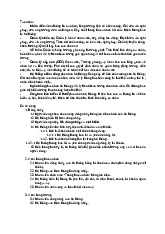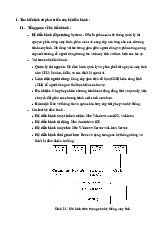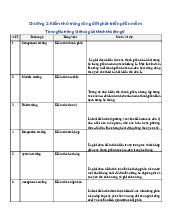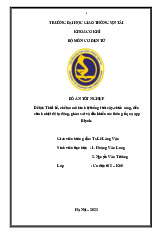
Preview text:
What are the key steps in data analysis?
The process of analyzing data can be broken into five steps:
Step 1: Asking the right questions
The first step involves defining the objectives of data analysis by asking the right
questions. These questions would serve as the basis for subsequent steps, such as
what data should be collected and how to process it. Step 2: Collecting data
The questions asked in the first step would prompt what data you need to collect to
answer. At this step, you should decide what types of data are required, where you can
retrieve or how you can create them. Step 3: Data processing
The data needs to be cleaned before analysis. Data cleaning involves tasks such as
missing value treatment, data standardization, correcting spelling mistakes and removing bias data.
Unclean data can lead to suboptimal outcomes. Step 4: Data analysis
At this step, you use the clean dataset as an input to the analytics process. You can use
either qualitative or quantitative techniques such as regression modelling to analyze
your data and find insights from the results.
Step 5: Result presentation.
Combining the results with business insights and presentation techniques such as
storytelling and visualization to communicate the outcomes with the audience.




